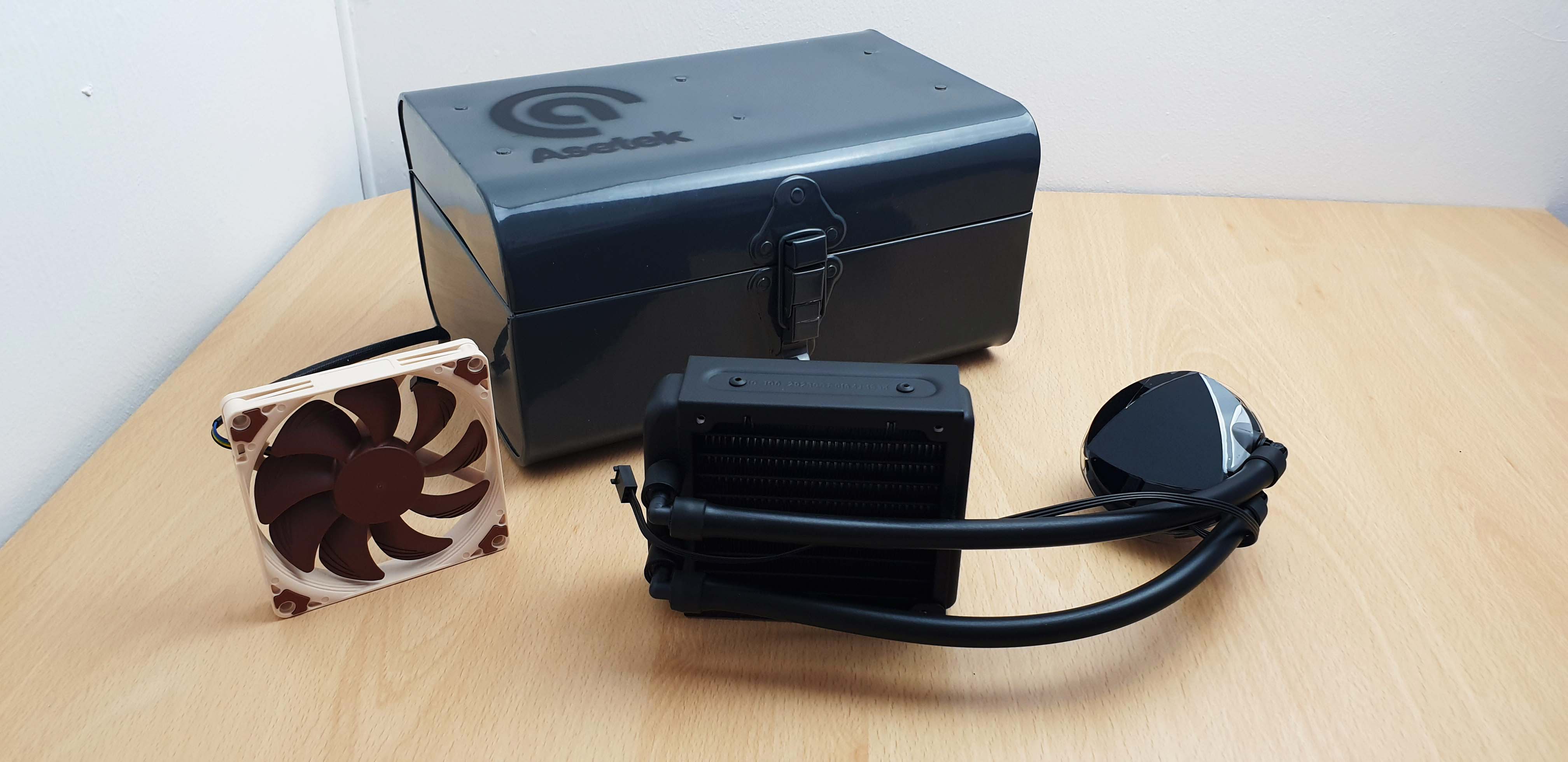
Not long ago, Asetek had revealed that they were working on a new 92 mm AIO. Even more interesting is the fact that it was a joint collaboration with DAN Cases – the creator of the famous A4 SFX case (which we also reviewed and we are very fond of).
Named 645LT, it is the direct replacement for the 545LC and thus has been optimized for the Dan A4-SFX cases. It also promises better compatibility with small form factor cases due to the new 90 degrees output tubes on the radiator, longer pipes and an improved 6th gen silent pump. Also it bundles with the Noctua 92 mm slim fan and all the necessary accessories to make everything plug and play.
First about Asetek :
Asetek is the global leader in liquid cooling solutions for data centers, servers and PCs. Founded in 2000, Asetek is headquartered in Denmark and has operations in California, Texas, China and Taiwan.
Pricing and Availability
At the moment of writing, it is available at Overclocker.co.uk for £82.99 (link).
It will soon be in stock at SFFLab (link) and Amazon.com (link).
*31.05.2019 – The video review is live as well !
*23.08.2019 – The second part with extra cooling tests !
Presentation and Specification
*Courtesy of their website:
92mm AIO bolsters small scale PC performance
Based on community feedback, Asetek innovated the 645LT AIO to show fan-appreciation, providing a formidable 92mm Hex, “Dan Case- certified” AIO CPU liquid cooler.
The 645LT combines the high-performance capabilities of Asetek’s latest generation (Gen6) of pump technology – the same pump used to cool some of the world’s fastest supercomputers – with other advances including unique 90° bends where our tubes meet the radiator for space savings and increased tube lengths for ease in mounting.
Designed specifically for SFF systems:
* Dan Case-certified
* 92mm Radiator
* Gen6 Pump Technology, 2800 RPM Pump Speed
* Tubes: 90-degree connectors, 250mm tube length
* Fan Support: 1 x 92mm (approved for 14mm thickness)
* Rated Current: 180mA
* Rated Power: 2.16W
* CPU Socket Support: Intel: LGA 115x,1366, 2011, 2011-3, 2066 / AMD: AM4
* Fan bundle: Noctua NF-A9x14 92mm
Not much to add other than the fact that this time it also has a new design for the pump (inside and outside), and a better locking mechanism for the socket adapters.
Packaging and Visual Examination
This being a review sample kit, it comes in a very nice metal box. Furthermore, on the top of the case, the Asetek logo resides, having this tool box allure to it.
Open the latch and get ready to explore, because you get a lot of treats.
So, here we have:
* 1x INTEL multi-socket kit
* 1x AMD AM4 socket kit
* 1x Noctua 92 mm NF-A9x14 slim fan
* 1x Asetek branded fan grill
* 1x Noctua NA-EC1 extension 4 pin cable
* 1x Noctua NA-RC7 low noise adapter
* 1x Noctua NA-YC1 Y-adapter
* 4x M3x20 Phillips screws
* 12x M3x34 Phillips screws
* 12x M3x6 Phillips screws
* 24x metal washers
Now for the main star of the show, the 645LT 92 mm AIO. The tubes now exist at 90 degrees which will make the installation process much easier in a SFF case (especially the DAN A4) since the bends allow exactly enough height to mount the included 92 mm Noctua fan.
Also the tubes are longer by approx. 5 mm to facilitate a better wire-management in a tight space.
The pump incorporates the newest 6th generation design from Asetek, has extra noise dampening on the inside and it is rated up to 2800 RPM. Plus the tubes can rotate more freely when exiting the pump.
As before, the contact plate is all copper and comes with pre-applied thermal paste.
Here is the new latching mechanism for the socket plates. Just rotate them into place and then to remove just lift those notches.
To have a full perspective of how actually small these things really are, have a look here when compared side by side to a BeQuiet! 140 mm fan.
Next chapter please.
Installation
The process is pretty straight forward. Attach the radiator wherever you need it in the case. Then put the backplate on the motherboard, attach the bolts to it from the socket side, slip the corresponding plate onto the CPU pump and then tighten everything via the 4 big thumbscrews. Done. That’s for Intel’s sockets mostly.
As for AMD, for the AM4 socket, same identical process only you must use the stock motherboard’s backplate. The rest are supplied in the kit.
Let’s see it in our test setup. The complete specs are detailed in the next chapter.
Secure the 92 mm radiator first.
The stock motherboard backplate is in.
Secure the backplate with the 4 standoffs.
Take the protective cap off the pump and slide in the retention bracket. Make sure it locks itself into place.
Secure everything with the help of the thumbscrews and do it an X pattern to distribute the pressure evenly.
Install the fan onto the radiator and attach the pump 3 pin and the fan’s 4 pin plugs to the motherboard.
Fire it up and let’s see what this puppy can do !
Testing methodology
Our test setup is an open bench one.
The CPU, a low power 8 core 1st-gen Ryzen, which still packs a punch, will be tested in stock form, then OC’d to 3.8 GHz at 1.3V. Any results over 90° C in any condition are considered a fail.
Room temperature is set at ~ 20°C.
The thermal paste used was the one that came pre-applied on the Asetek 645LT.
We will compare the results of the Asetek 645LT 92 mm AIO to one of the main air competitors for SFF builds – the Noctua L9a.
The fans will be set on the auto % rpm curve because we are interested in measuring the pump’s noise levels as well as the fan’s curve. For the noise measurement, we used our Pyle PSPL01 placed 30 cm away from the setup.
Hardware used:
– CPU: AMD Ryzen 7 1700 AM4 – 8c/16t
– Motherboard: ASUS ROG STRIX B540-i Gaming mITX
– Boot SSD: Samsung M.2 950 PRO 512 GB MLC
– Video card(s): ASUS STRIX GTX 1060 6G
– PSU: Corsair SF600 SFX
– Case: Thermaltake P3 Core Open Frame ATX
– Monitor: ACER 27″ FHD KG271 75 HZ 1ms Freesync
Competition (air) cooler
– Noctua L9a – Noctua L9a – 92 mm
Software:
– Windows 10 Pro x64 Build 1809
– NVIDIA GeForce WHQL 430.64
– Core Temp v1.13 R6 – To see the temperatures in real time
– CPU-Z v1.88 – To verify the CPU’s statistics
– Intel Burn Test v2.54 – Torture and stability test
– AIDA64 Extreme v5.99 – Another popular total system stability test
– Cinebench R15 – Popular CPU benckmark
– Cinebench R20 – The new revised version optimized for the newer multi-core CPUs
– MSI Afterburner v4.50 – To record the FPS and load/temperatures
Resolution for our test game FarCry: New Dawn, is set at 1920×1080 with everything cranked to the maximum quality settings and the refresh rate is locked at 75 Hz.
Results
Let’s start with the synthetic benchmarks from Cinebench R15. We have AIR temperatures results on the left (Noctua L9a) and AIO (Asetek 645LT) on stock CPU settings, on the right.
Stock CPU settings.
OC @ 3.8 GHz with 1.3v.
Now let’s centralize this in a graph for a better perspective.
Cinebench R20 is next. This test is even more demanding on the CPU than the previous R15 generation.
Stock CPU settings.
OC @ 3.8 GHz with 1.3v.
Now let’s do a full system stress with AIDA64.
Stock CPU settings.
OC @ 3.8 GHz with 1.3v.
The most demanding synthetic we will employ on the CPU is Intel’s Burn Test, with the preset set at ‘Very High’.
Stock CPU settings.
OC @ 3.8 GHz with 1.3v.
Next up is a run in the integrated benchmark from FarCry: New Dawn with all the quality settings set at maximum preset.
Stock CPU settings.
OC @ 3.8 GHz with 1.3v.
Finally we have the noise test in the Intel Burn Test. This being the most demanding just for the CPU, we can isolate the pump and the fan on the radiator as the main sound source.
Analysis
We have a lot of info to dissect. So we have improvements all around since the 545LC from, the angled and longer tubes, revised pump and revamped outer design. Also a great bundle of accessory. All of these will be tested even further when we get the new DAN A4-SFX V4 in our hands (at the moment of writing the case is clearing customs) and we will update this review accordingly. For now let’s focus on the data we have.
Performance wise, as you saw from the test, it can easily cool and handle an OC’ed Ryzen 7 1700 8c/16t at 1.3v without breaking that sweet-spot of excellent temps and noise output. The bundled Noctua A9x14 slim fan really does the trick. Also the comparisons with the L9a which also uses the same fan, shows exactly how much better the AIO Asetek 645LT really is. For instance in the Intel Burn Test the L9a couldn’t keep it under 90 degrees C – not even being able to pass one round in the torture test and I had to cancel in order not to risk overheating too much.
The pump has a faint rapid hum to it but a very isolated and low frequency one – which you can only hear if you get really close to the computer. My test bench being basically an open (case) setup, you can hear most sounds. But put this thing in a case and it is virtually silent even at full load.
Overall, so far, this new 645LT 92 mm AIO from Asetek is a success.
Conclusion
Asetek has given us a great example of a product when a company listens to its customers to make the necessary upgrades to one of their items. This is even more important given the fact that it is such a niche product and so far it still is the only true option for a 92 mm AIO. All of these improved details will make life easier when you buy the 645LT to install it in the DAN A4-SFX case (review will be updated as well when we do have the case). To conclude this is the cooler to get if you want to enjoy a hungry multi-core CPU or overclock the one you have in a small form factor case that only accepts a 92 mm AIO.
The good:
+ Impressive performance given its small size
+ Still the best 92 mm AIO out there
+ Very silent operation
+ Improvements across the board
+ Excellent build construction
+ Epic bundle for plug-and-play
+ Easy installation process
The bad:
– None so far because all of the shortcomings have been improved and more info is pending when we test it separately in the DAN A4-SFX case
Glob3trotters “Still The One !” Award – 5 out of 5

A lot of thanks to Asetek for supplying us with this miniature creation !
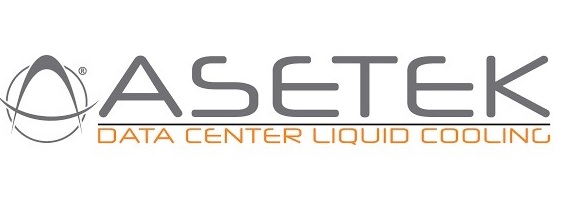


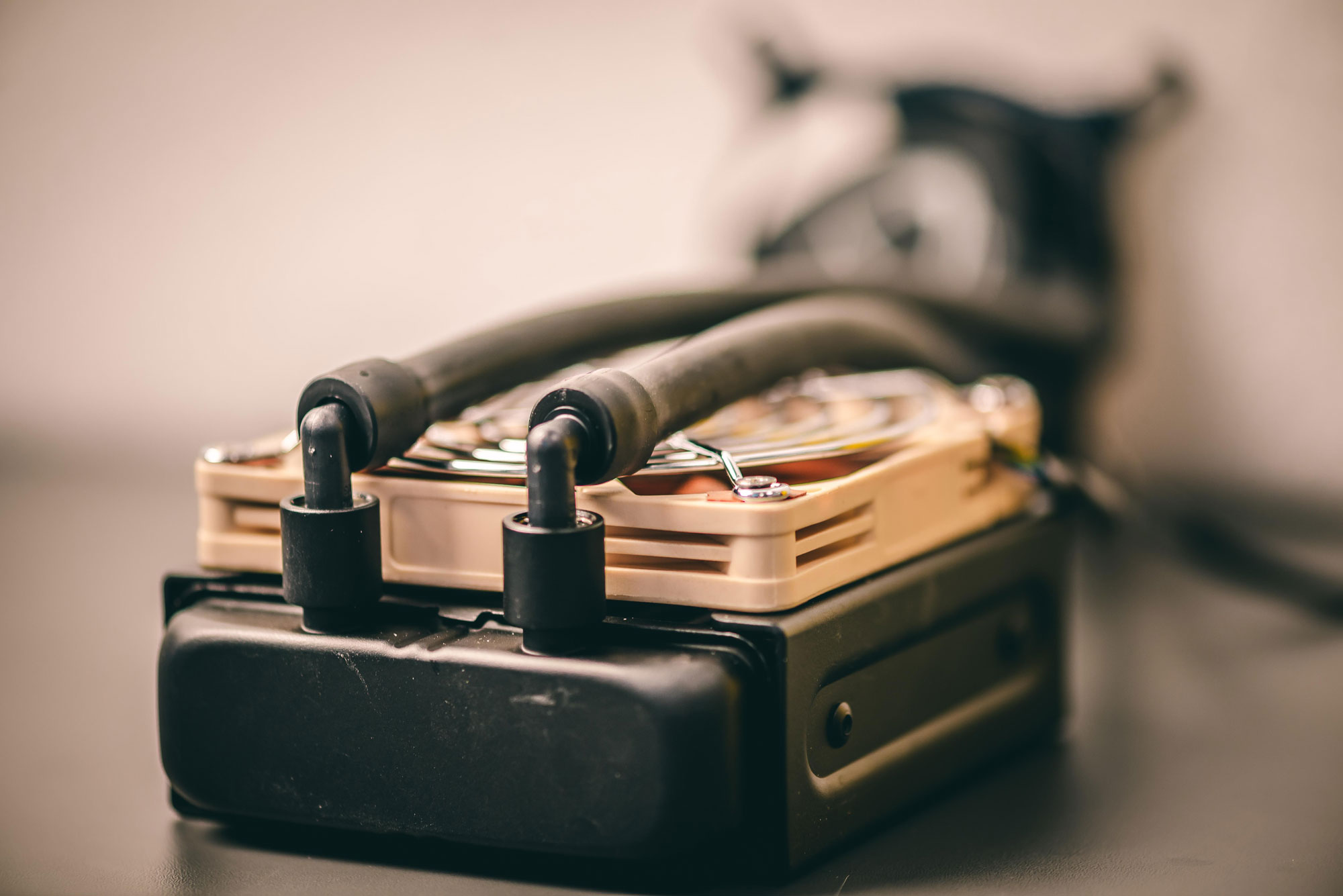

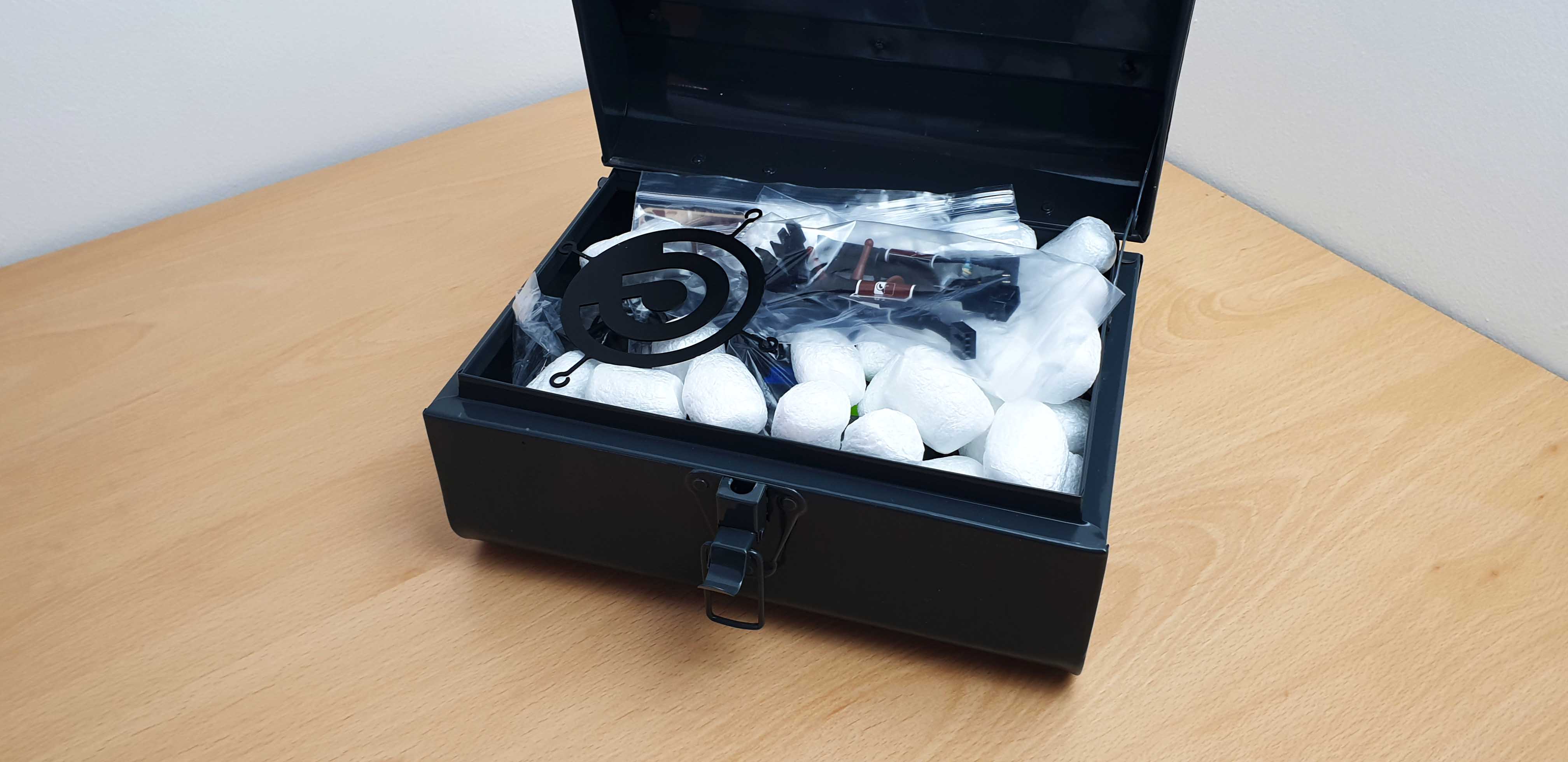


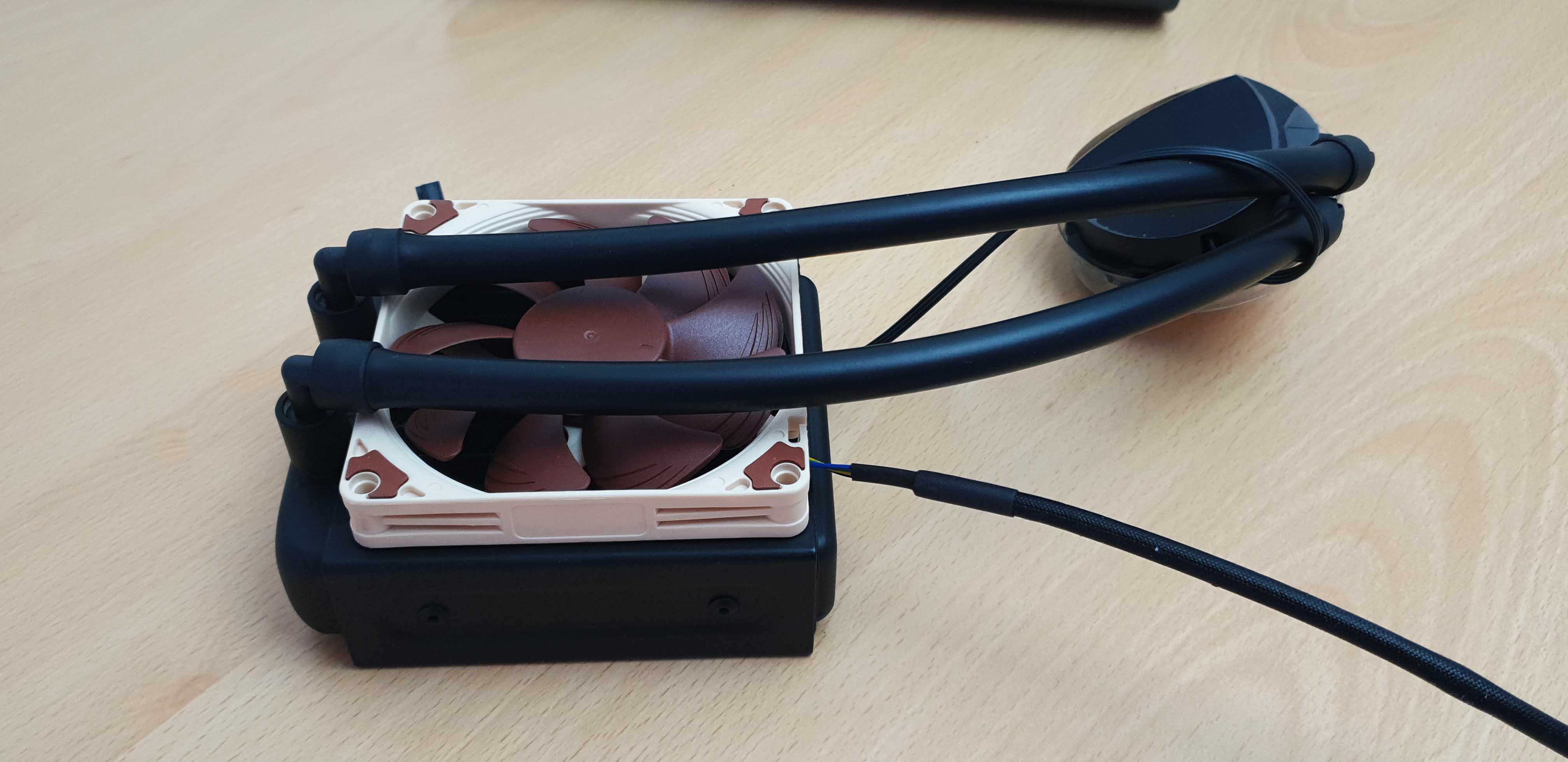

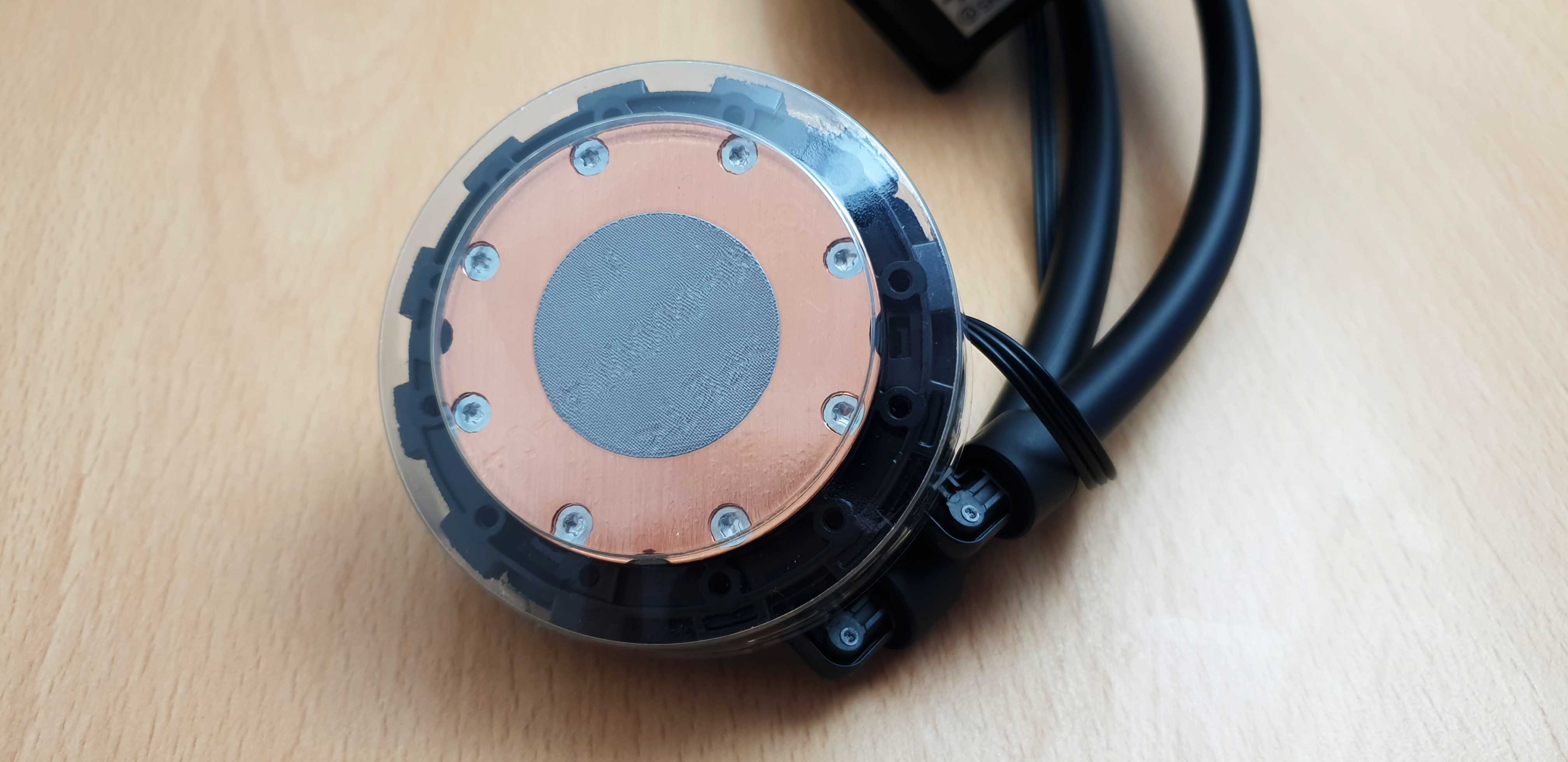
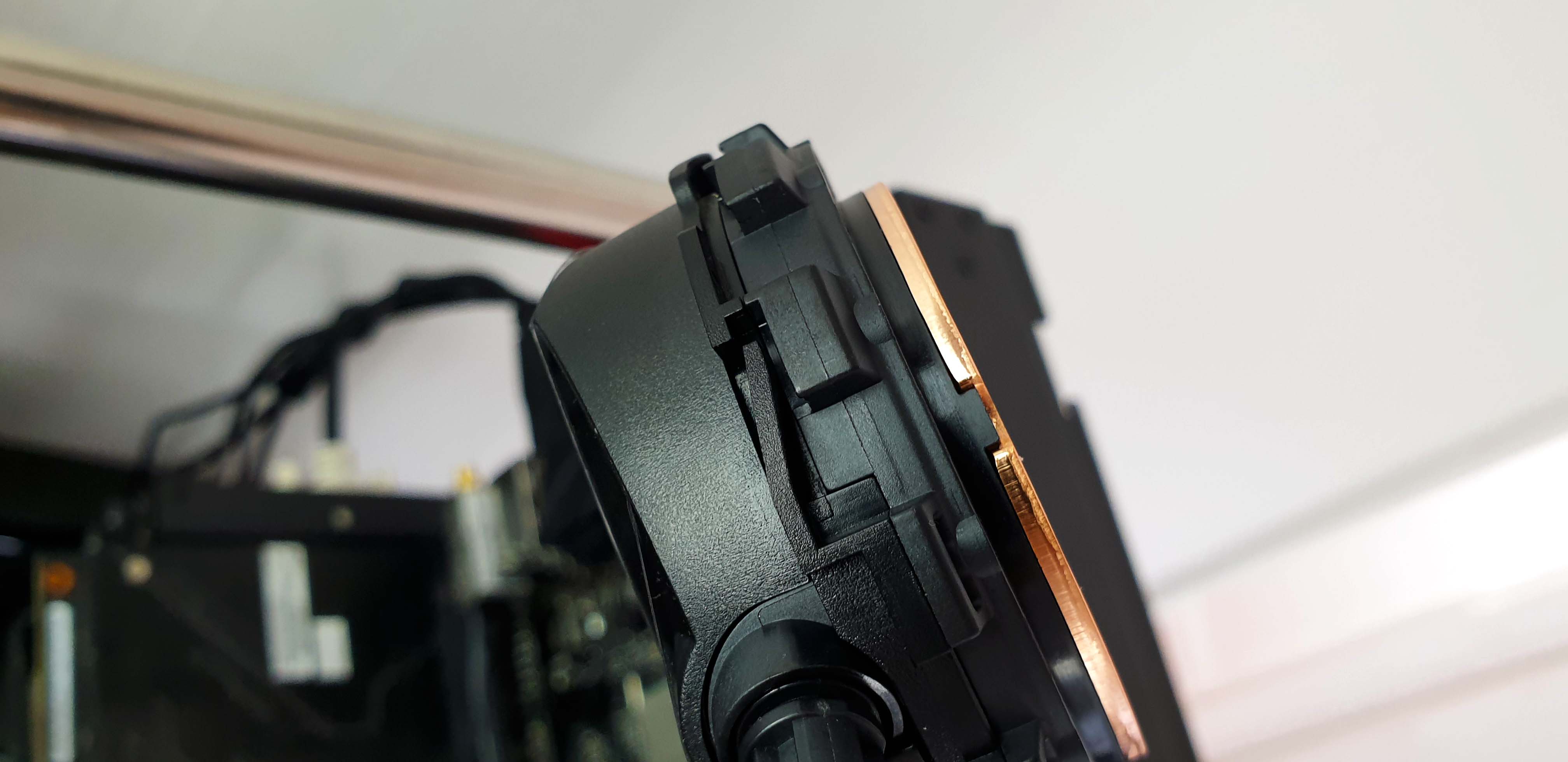
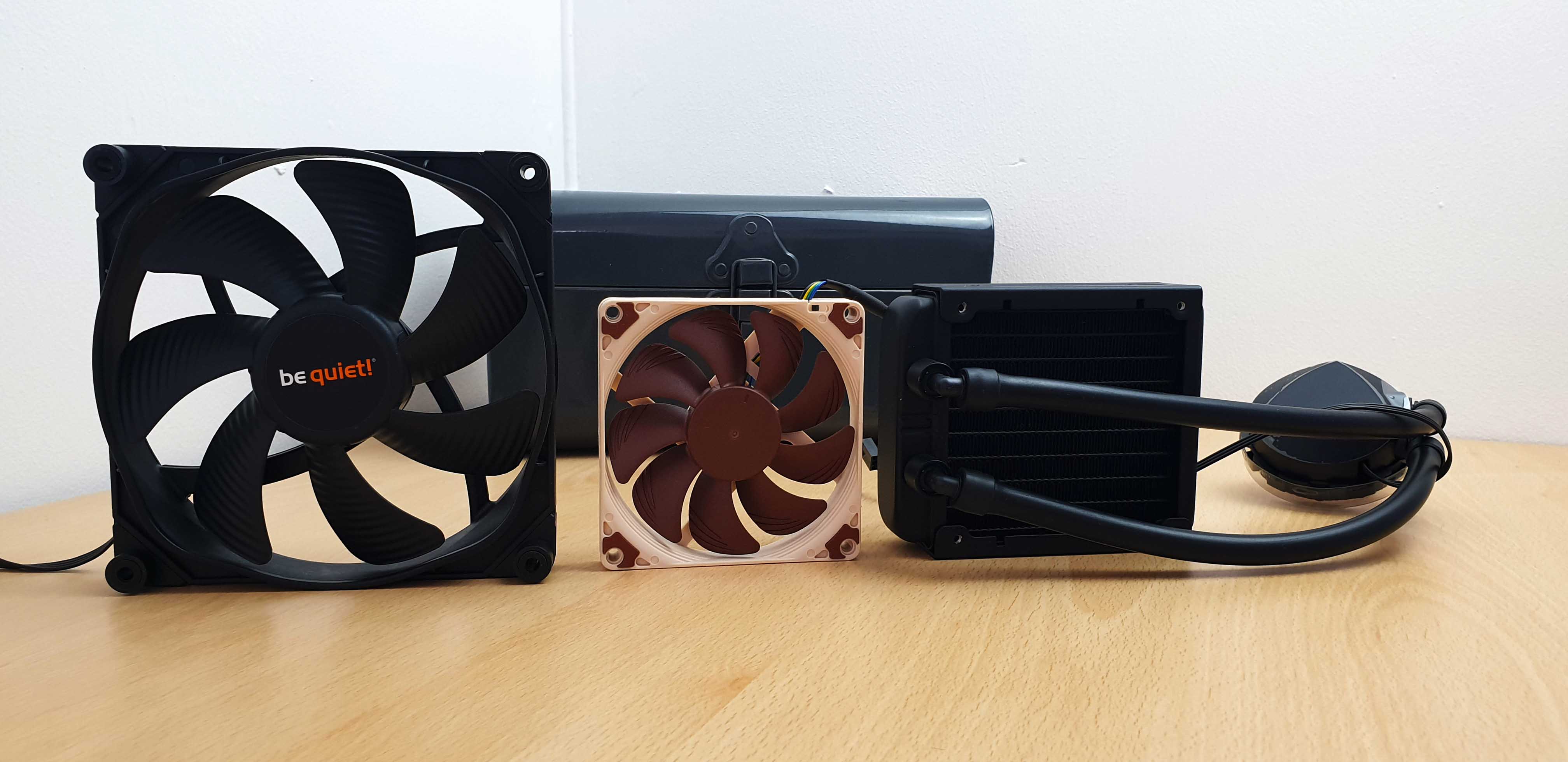

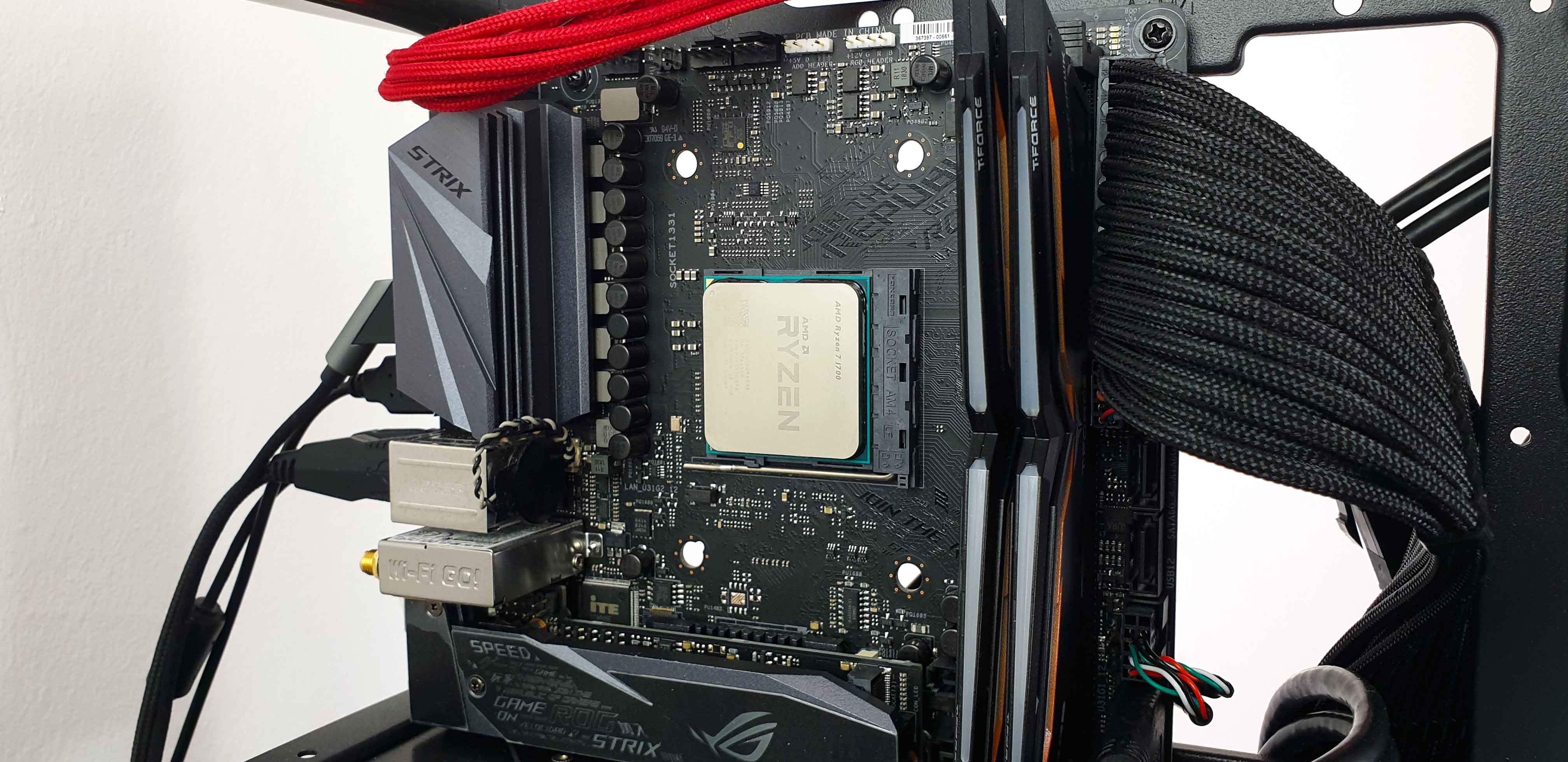
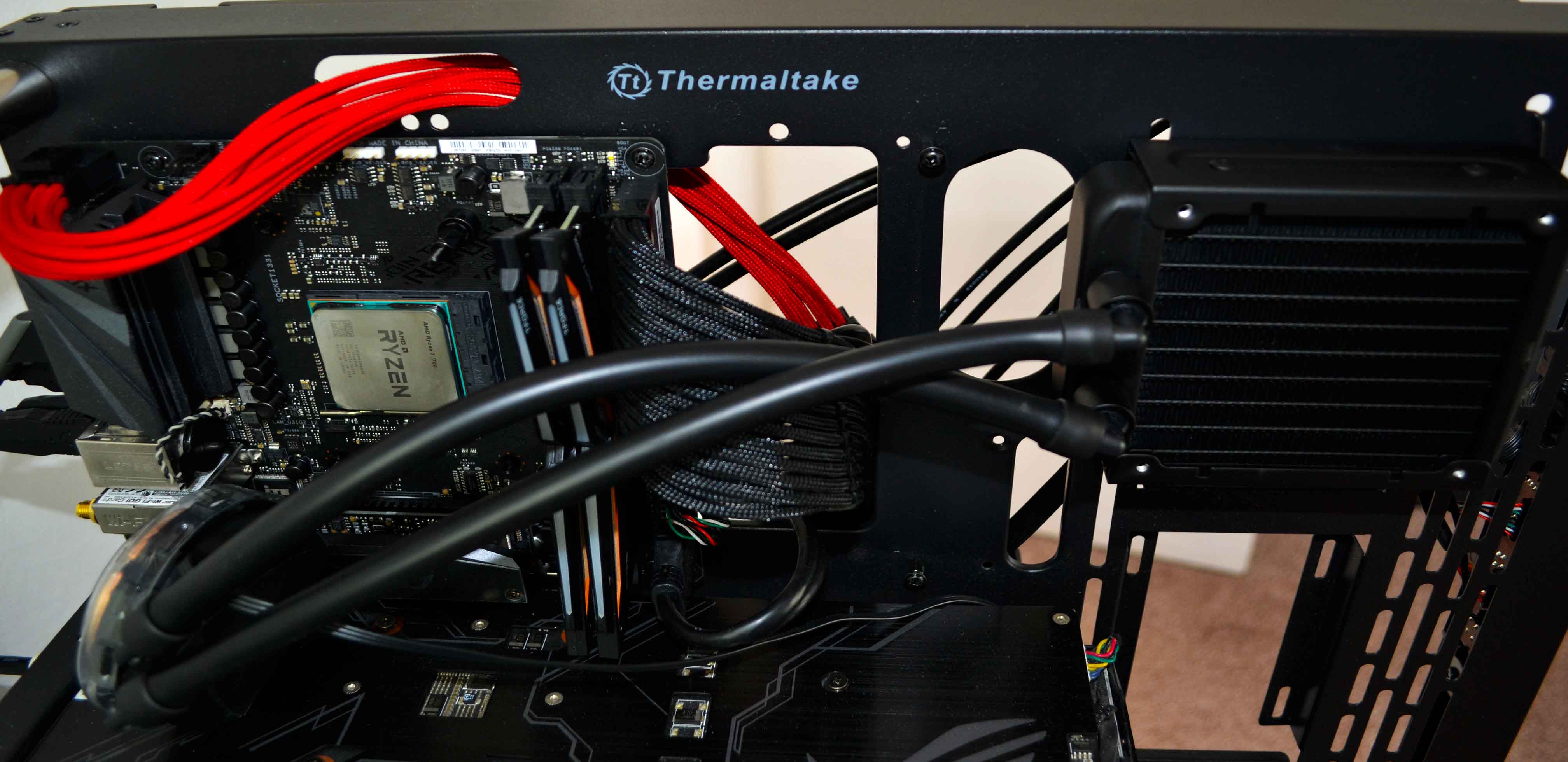


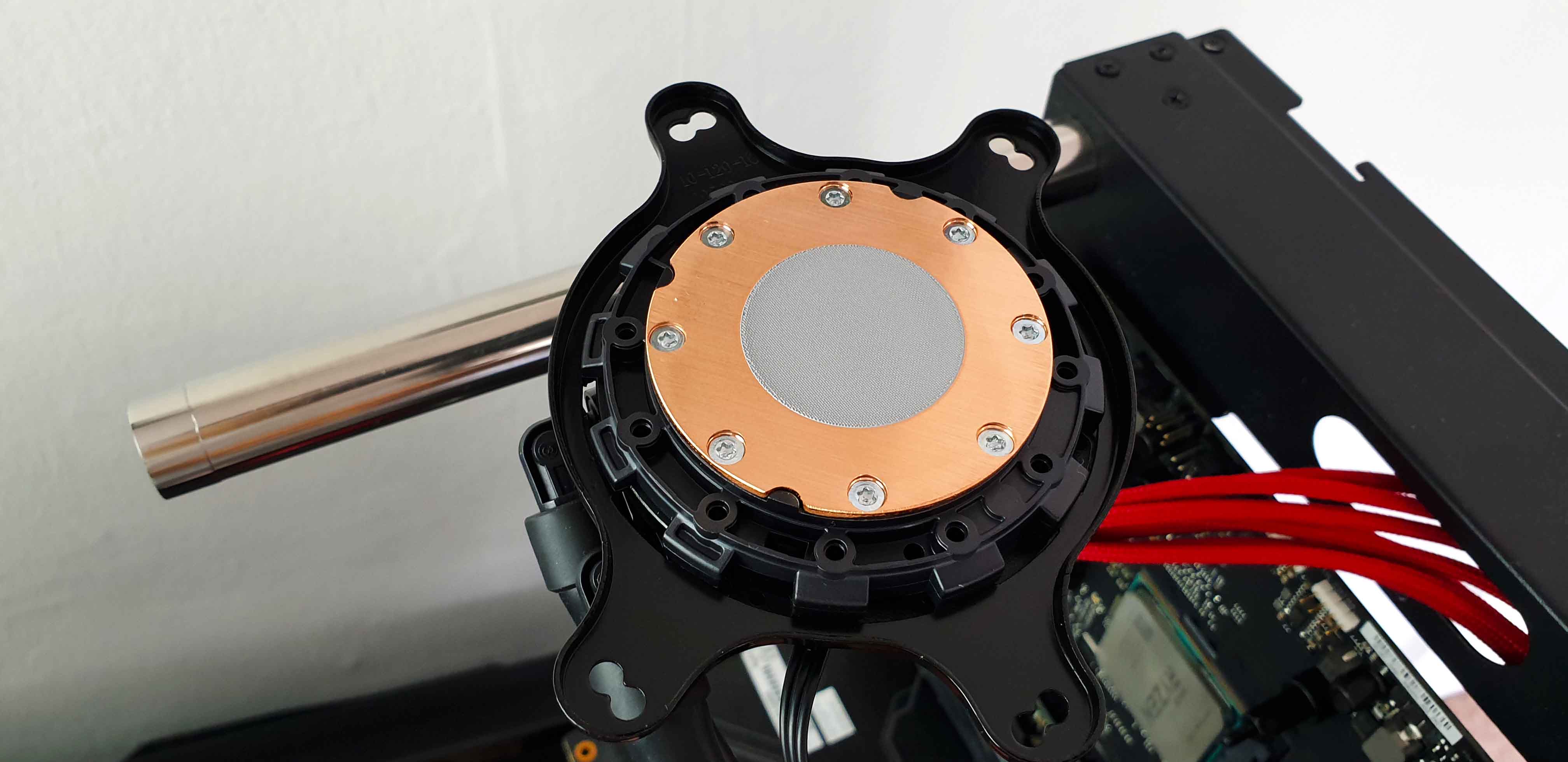
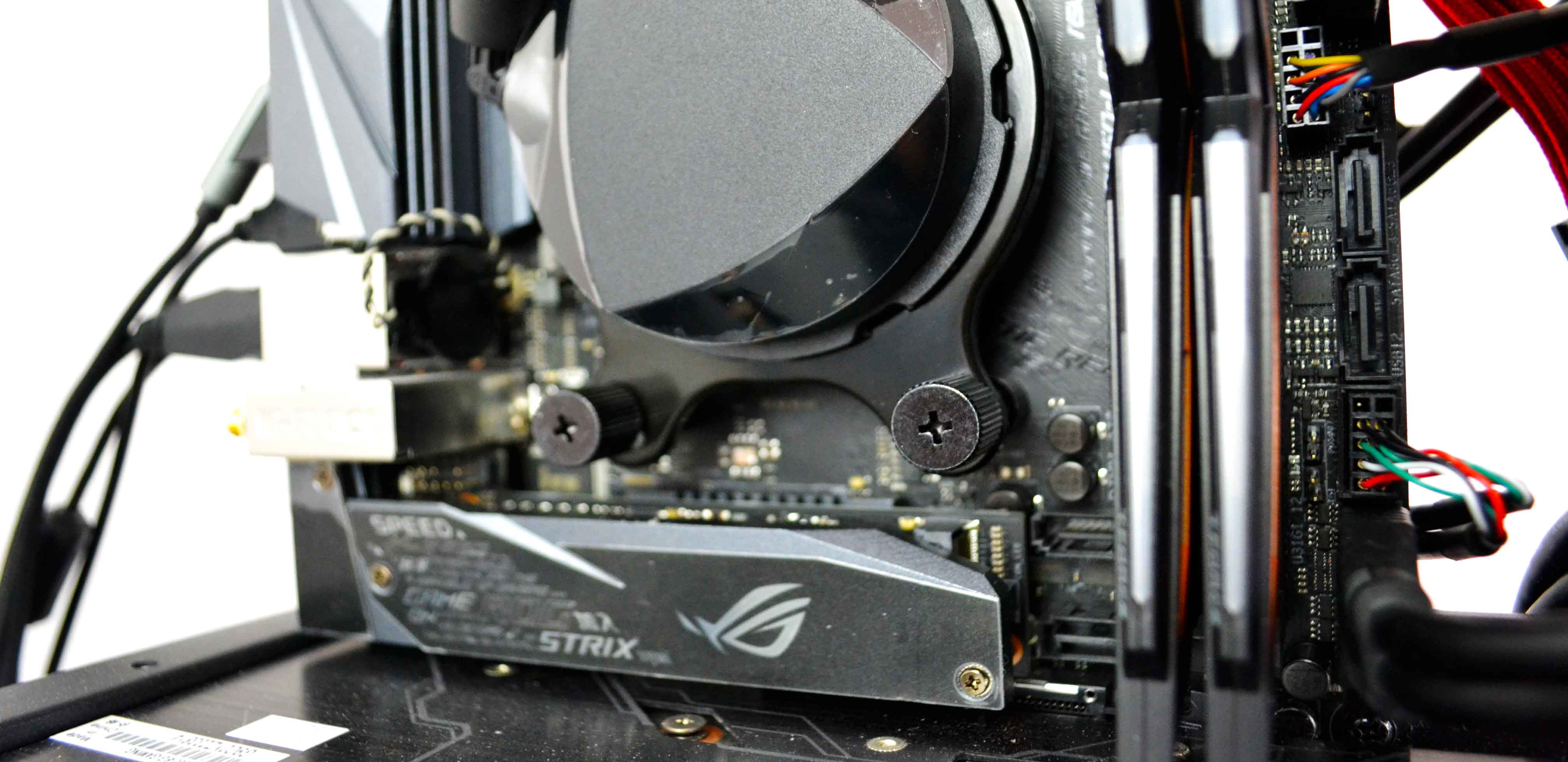
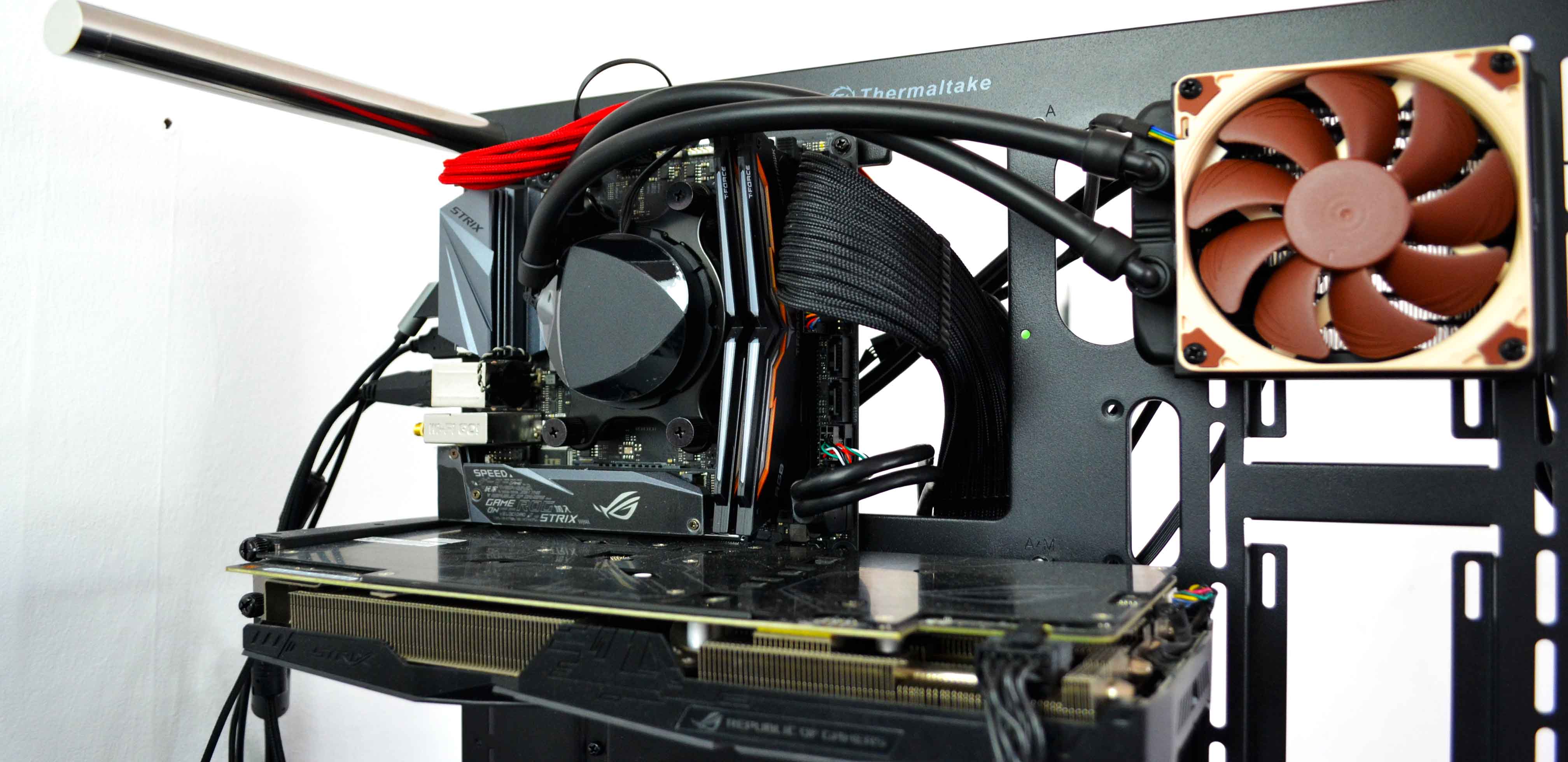
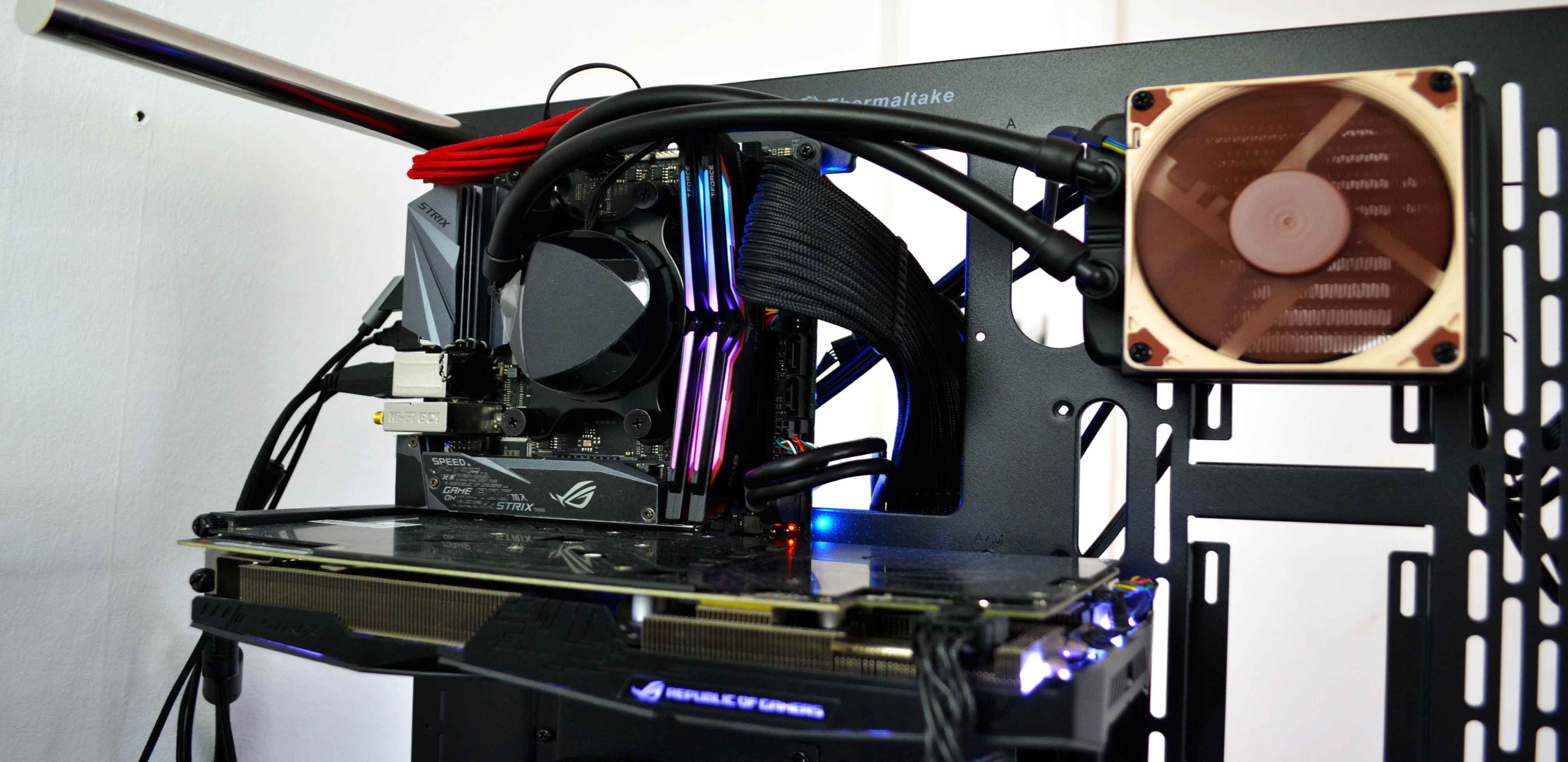




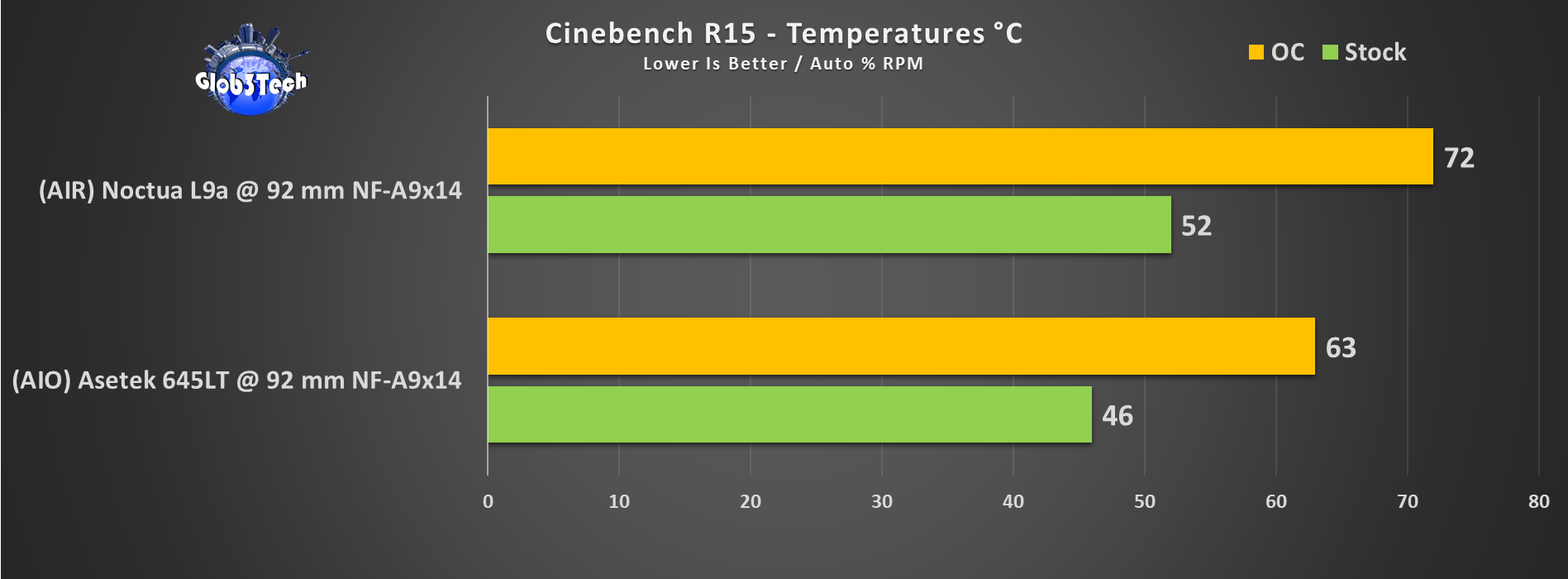






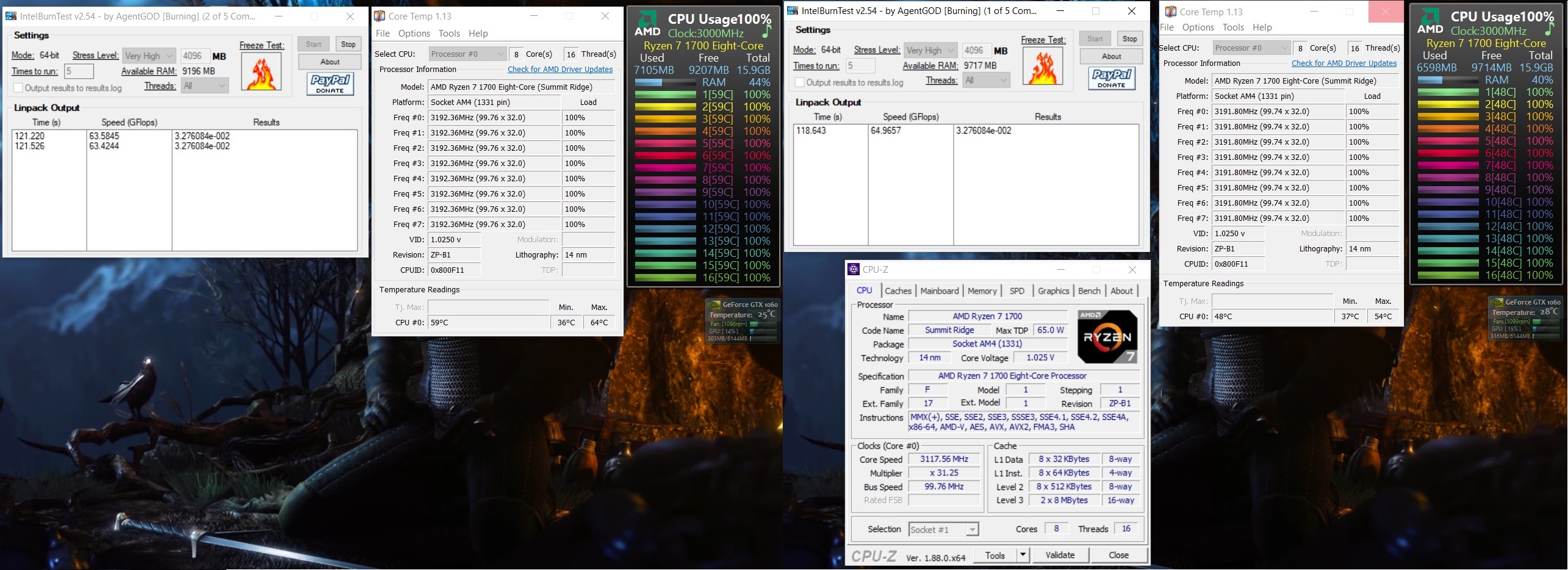
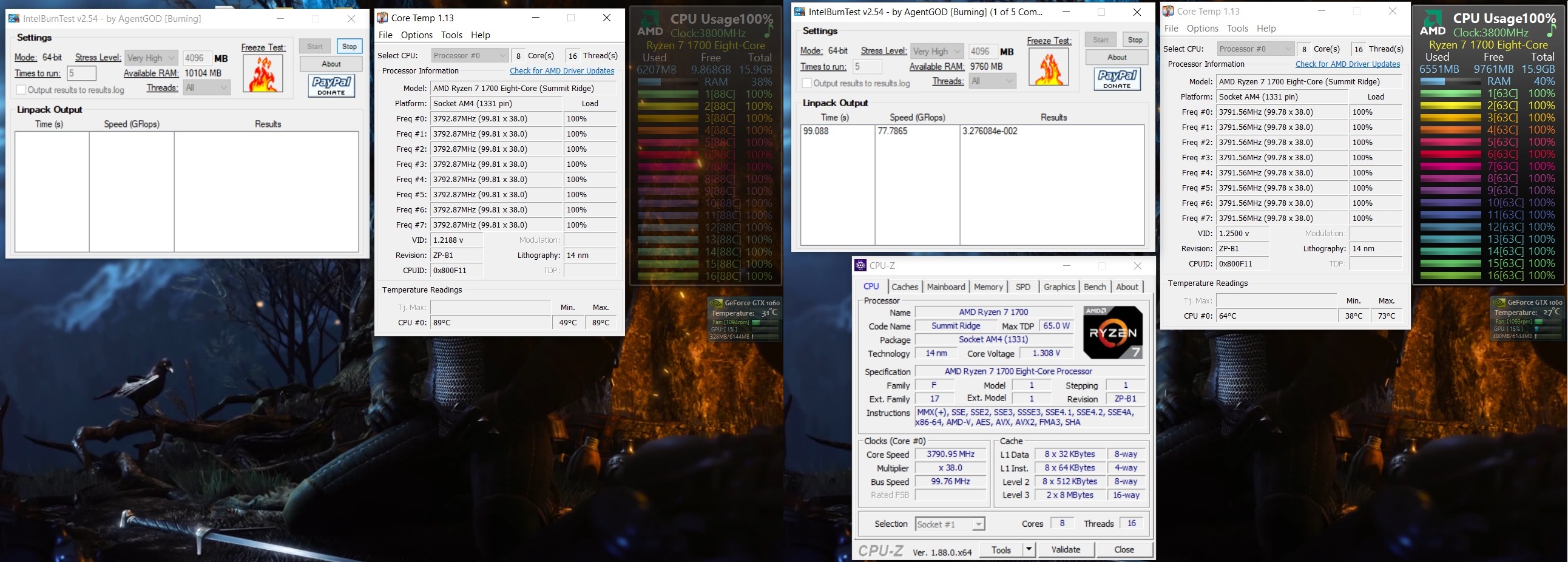



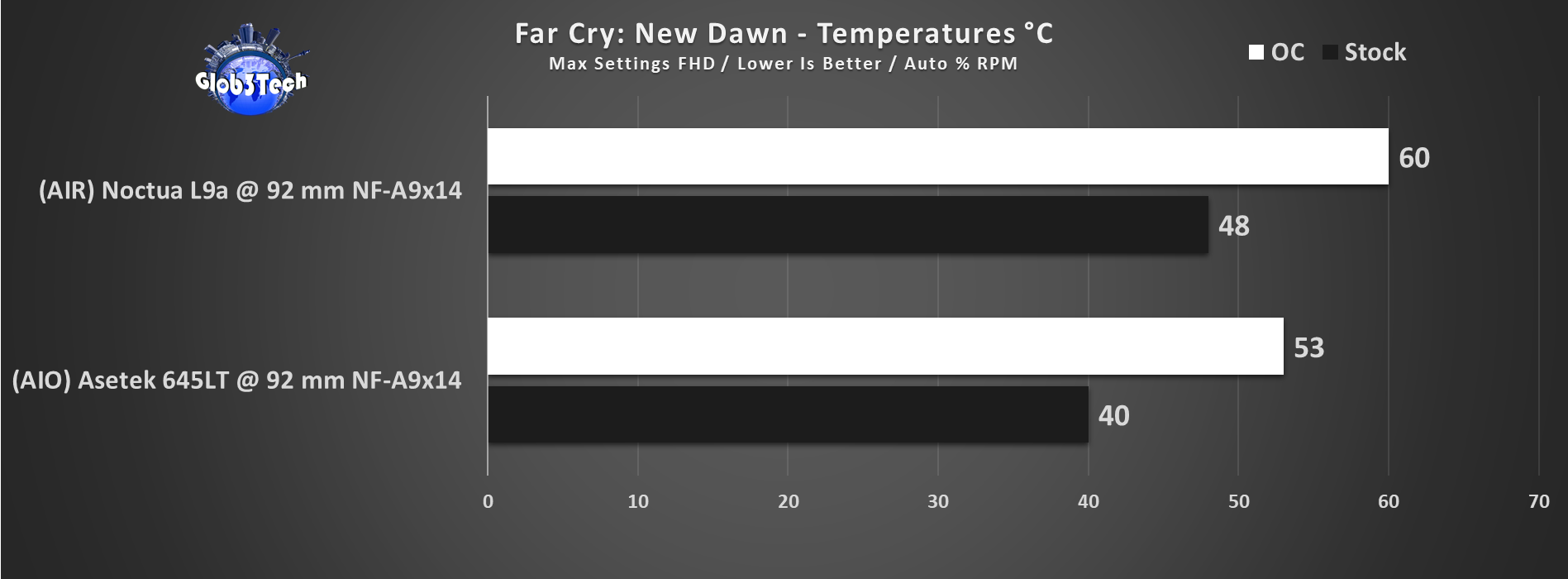







An old timer like myself took a long time to understand this article. It is about cooling the CPU: an AIO (all in one) CPU cooler (liquid-based cooler) versus traditional CPU air-cooler. Then after this discovery, the article was better understood.
Glad to hear that Gregory and thank you!